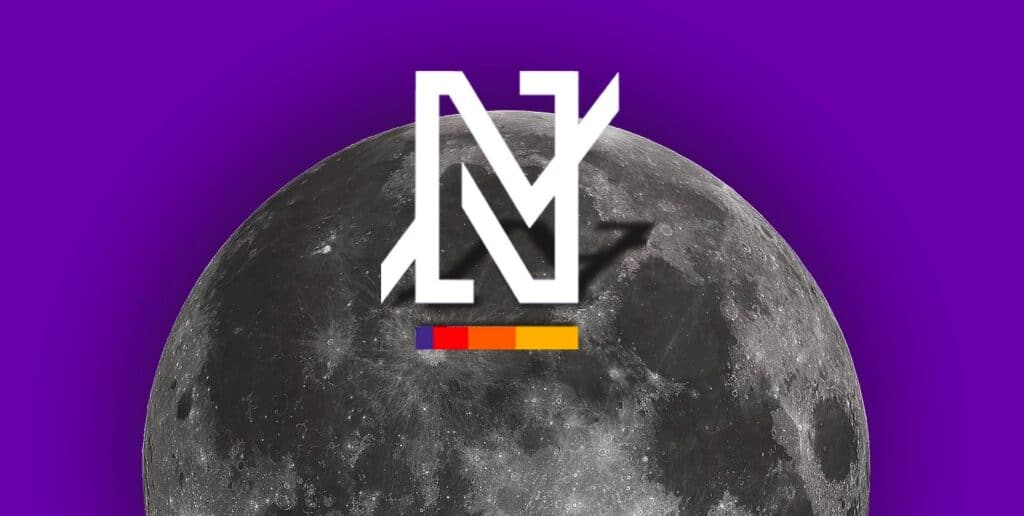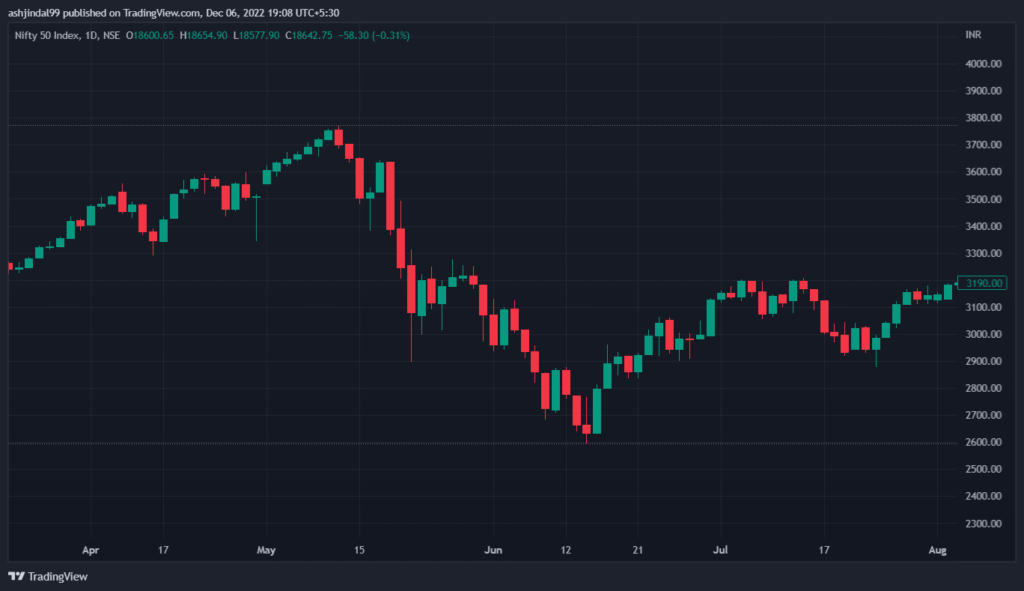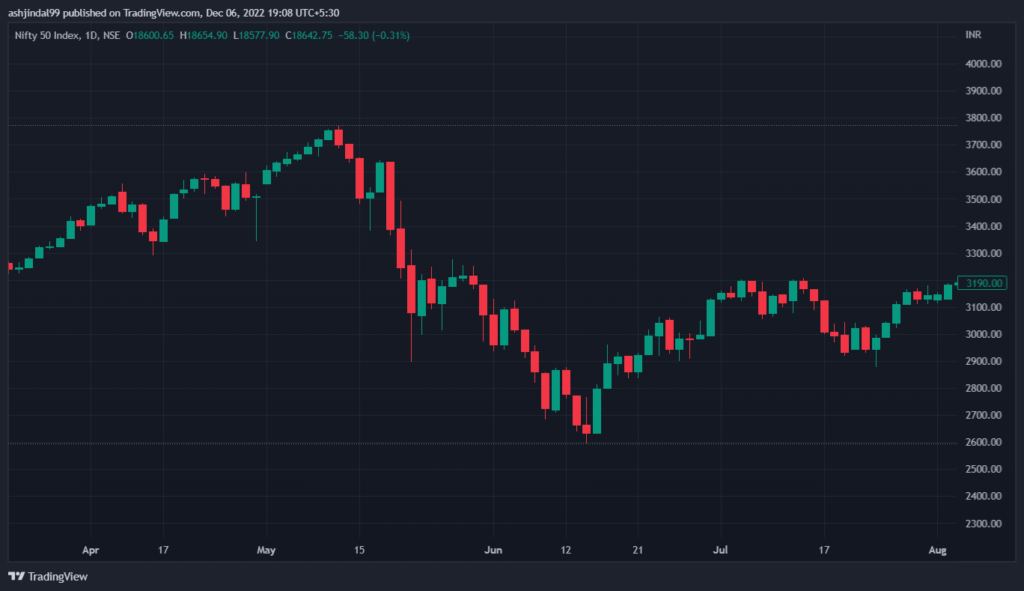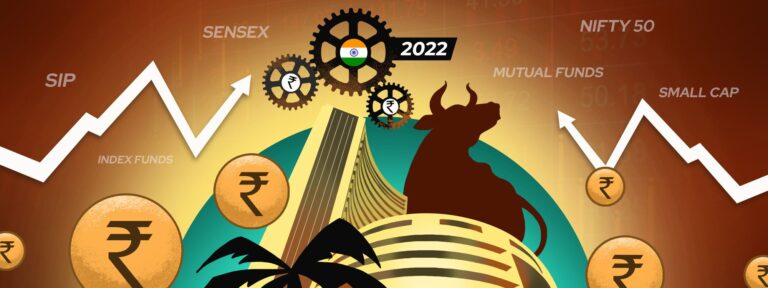
While the markets are falling, India’s Nifty is the sole bright spot!
- The market falls very quickly but takes time to recover to the pre-COVID levels
- Metal and FMCG have led the rise in the past 6 months
- Infrastructure, BFSI and healthcare are expected to offer attractive returns
Global markets are grappling with issues everywhere. Falling tech stocks, imploding cryptos, sell-offs in bonds and whatnot. But there is one bright spot still. And that is India.
Everyone needs to start paying attention to India. Foreign countries have always felt like the ones providing the best opportunities for investors. But not anymore. It’s time for them to look at where the Indian markets are headed.
However, even at all-time highs, the marketmen are not too confident. They still fear the falls. The fear is that the fall might be massive, and the recovery might be extended. The markets have faced that when it’s been at its best. It crashed when euphoria was at its highest and optimism at its peak.
Historical performance
Since the year 2000, Nifty has returned over 14%. But the step growth also encompasses the steep falls and recoveries in the coveted index. Let’s drill the falls down one by one:
May 2006 – June 2006 (29.9% fall)
Fall days: 35
Recovery days: 173
It almost took five times as much time for Nifty to recover from the fall in 2006. The reason for the fall? Weak global cues. FIIs and retail investors kept selling amidst a weak global market as trading halted on 22 May 2006 since the markets hit a lower circuit.

Jan 2008-April 2009 (59.9% fall)
Fall days: 293 days
Recovery days: 1032 days
This fall came during the subprime crisis. The crisis came after the housing bubble in the US collapsed, which had a trickle-down effect worldwide. The over-collateralization meant that the most significant financial institutions collapsed, with stakeholders blaming financial institutions, regulators, consumers, government policies and credit agencies.
July 2011-April 2012
Fall days: 90 days
Recovery days: 454 days
This was the aftermath of the subprime crisis. Right when the market was recovering came another problem. This was another fall for the financial world. This fall took around five times the time to recover from the bottom. What followed was Black Monday which led to a steep fall in the markets.
Oct 2015-Aug 2016 (16% fall)
Fall days: 125 days
Recovery days: 252 days
This was when the markets fell steeply owing to the Chinese stock market turbulence led by the devaluation of the Yuan. There was also a Greek debt default and a shart bond yield alongside UK Brexit. Multiple events led to a steep fall, but a positive in the markets was that the recovery was steep and took less than a quarter year to return to the pre-crash levels. This correction occurred during a massive bull run until the COVID crash.
Feb 2020-Mar 2020 (39% fall)
Fall days: 33 days
Recovery days: 227 days
The COVID-led crash was quick, and the recovery even more so. After the COVID crash, a fiery bull run ensued, which has continued to date, ignoring minor corrections as Nifty currently sits at all-time highs.

New Highs
Even at all-time highs, people are still not as optimistic and feel a fall is coming. But things aren’t as bad. Multiple pieces of good news have been announced of late. But people being people look at the negative side of the spectrum. But markets don’t. Markets are opportunistic. Markets aren’t economy. They are forward-looking. Russia is changing its stance on Ukraine.
Saudi is releasing more oil. The US Fed will soon pause the rate hikes, and the interest rate hike slowdown has already begun.
Since investor memory is short, people feel the current situation is scary and has never been scarier. But think of the 2008 sub-prime crisis. Or let alone the COVID-19 crisis, where people suffered, institutions collapsed, and the policies didn’t yield anything. The world, the markets, and the economies have lived through scarier times, and we weathered those storms. We’ll survive this one as well.
The chaos is still there. It’s going to be there. As the interest rates rise, they’ll keep the chaos level high as people continue flocking to bonds. There is a structural shift in the markets. What worked in the past 15 years will not necessarily work in the next 15. This is a change that we haven’t seen in decades. The shift was incoming, but COVID accelerated it.
Another point of chaos is high inflation. Investors are hopeful that inflation will go away soon. The US Fed earlier termed inflation as transitionary, but it is here to stay.
It’s probably a good time to retire that word
-US Fed Chair Jerome Powell, while talking about inflation being “transitionary”
The market is still pricing inflation in thinking it is transitionary.
What led to this?
There were a host of sectors that have led to the bull run in the past 6 months. Some of these leading sectors are:
- Metal: Nifty metal has risen ~24% in the past half year. All metals stocks have seen a bullish trend in the markets. Since China has also eased the rules on quarantine, the demand for construction projects has increased, leading to a sharp rise in the stock. But why just China? Why is it so important? China is among the biggest buyers of metals in the markets. Due to this, metal prices have risen, leading to enormous profits for companies in the metal industry.
Will the rally sustain? The margin pressure looming on the sector has gone. But there’s only so much that profit margins can do. There needs to be a strong demand as well.
- FMCG: Nifty FMCG has been up ~17% in the past 6 months. The large caps in the index have led to an unprecedented rise in the markets. The index rallied to an all-time high. Critical raw material prices went down, which meant that the rural demand started rising again. This meant that the FMCG stocks like ITC, HUL, Colgate, and Tata Consumer all saw double-digit gains in terms of percentage, while Varun Beverages saw a triple-digit rise in the calendar year 2022.
Given the rise, these stocks are still trading below their all-time highs. The mid-caps have yet to see those sharp gains, however. These stocks are still facing pressure owing to low margins and unfavourable financials. The product mix is another factor that has put these midcaps out of favour.
What sectors to pick?
As per experts, infrastructure, BFSI, and healthcare will offer attractive returns for investors.
The investment cycle is expected to boom. The companies with heavy capital expenditure will see growth. The CapEx will start materializing once the recessionary fears go away.
Bank Nifty has touched all-time highs and is expected to scale further. The index has underperformed the Nifty but is expected to catch up. BFSI is expected to grow because of the incoming credit cycle once the rate hike slows down and rates start to fall.
Sectors will high capital investment will be in focus since they have outperformed the index in the past year. Defence, consumption-based sectors and healthcare also offer attractive opportunities.
Even if the fears come true and a fall comes, investors should not worry about it. Like I talked about how falls recover, and some recover very quickly. If the market goes up, it’s all good. If it doesn’t, look at it as a buying opportunity. It’s a win-win for long-term investors.

